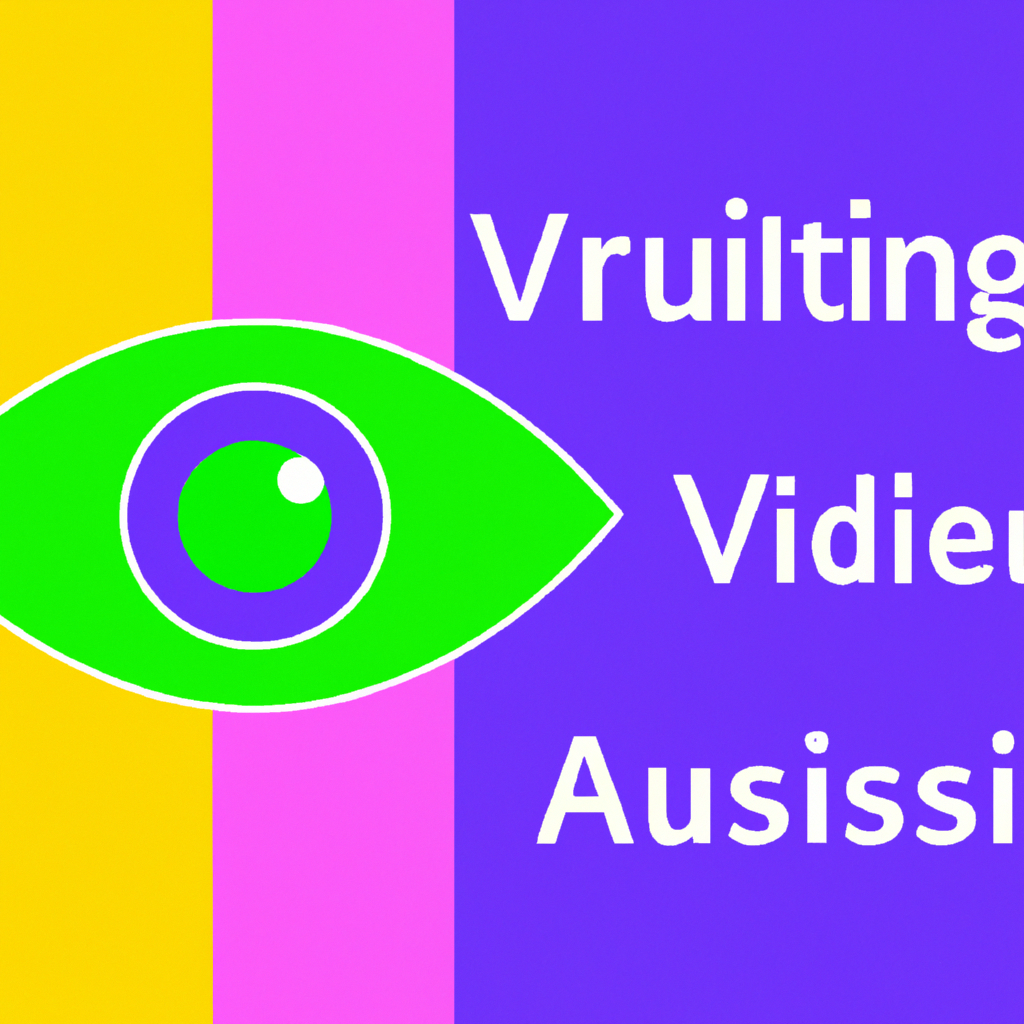Exploring the Applications of Computer Vision in Augmented Reality
Table of Contents
Exploring the Applications of Computer Vision in Augmented Reality
# Introduction
In recent years, the integration of computer vision and augmented reality has emerged as a powerful combination in various fields, ranging from entertainment and gaming to healthcare and industrial applications. Computer vision, a subfield of artificial intelligence, enables machines to extract meaningful information from digital images or videos. Augmented reality, on the other hand, overlays digital content onto the real world, enhancing our perception and interaction with the environment. This article aims to delve into the applications of computer vision in augmented reality and shed light on the advancements and challenges in this exciting intersection of technologies.
# Understanding Computer Vision in Augmented Reality
Computer vision in augmented reality is centered around the ability of machines to understand and interpret visual data from the real world. By leveraging computer vision algorithms, augmented reality systems can recognize objects, understand their spatial relationships, and track their movements in real-time. This understanding of the physical environment forms the foundation for overlaying digital content seamlessly onto the real world.
One of the fundamental tasks in computer vision for augmented reality is object detection and recognition. This involves identifying and categorizing objects present in the real-world scene. Through deep learning techniques such as convolutional neural networks (CNNs), computer vision systems can achieve remarkable accuracy in detecting objects and even distinguishing between different instances of the same object. This capability is crucial for augmenting the real world with relevant digital information.
Another key aspect of computer vision in augmented reality is simultaneous localization and mapping (SLAM). SLAM algorithms enable augmented reality systems to track the camera’s position and orientation in real-time while creating a map of the environment. By fusing visual information with sensor data, SLAM allows for accurate registration of virtual objects onto the real world, ensuring a coherent and immersive augmented reality experience.
# Applications of Computer Vision in Augmented Reality
- Gaming and Entertainment
Computer vision has revolutionized the gaming and entertainment industry by enabling immersive augmented reality experiences. With computer vision algorithms, virtual objects can be seamlessly integrated into the real world, creating interactive and engaging gameplay. For example, popular games like Pokemon Go utilize computer vision to detect the user’s surroundings and place virtual creatures within the environment, providing a unique augmented reality gaming experience.
- Healthcare and Medical Training
Computer vision in augmented reality has immense potential in the healthcare sector. By leveraging computer vision algorithms, augmented reality systems can assist surgeons during complex procedures, providing real-time feedback and guidance. For instance, during a surgical operation, computer vision can overlay vital information, such as patient data or the location of critical structures, onto the surgeon’s view, aiding in precise and safe interventions. Moreover, computer vision-based augmented reality can be utilized for medical training, allowing students to practice complex procedures in a simulated environment.
- Industrial Applications
Computer vision plays a crucial role in various industrial applications, ranging from quality control and inspection to maintenance and repair. Augmented reality systems powered by computer vision algorithms can assist workers by providing real-time guidance and visualizing complex instructions. For example, in manufacturing, computer vision algorithms can detect defects or anomalies in products, alerting workers and facilitating efficient quality control. Additionally, computer vision-based augmented reality can aid technicians in repair and maintenance tasks by overlaying step-by-step instructions and highlighting relevant components.
- Education and Training
Computer vision in augmented reality has the potential to revolutionize education and training by providing interactive and immersive learning experiences. Augmented reality systems can overlay relevant information and interactive content onto educational materials, enhancing students’ understanding and engagement. For instance, computer vision algorithms can recognize objects in a textbook and provide additional multimedia content, such as 3D models or explanatory videos. This approach allows students to explore complex concepts in a more interactive and intuitive manner.
# Advancements and Challenges
The advancements in computer vision algorithms and hardware capabilities have significantly contributed to the growth of augmented reality applications. Deep learning techniques, particularly CNNs, have achieved remarkable performance in object detection and recognition tasks, enabling more accurate and reliable augmented reality experiences. Furthermore, the increasing availability of powerful GPUs and dedicated hardware accelerators has facilitated real-time processing of visual data, enhancing the overall performance of computer vision in augmented reality systems.
However, several challenges still persist in the field of computer vision in augmented reality. One significant challenge is occlusion handling, which refers to the ability of augmented reality systems to accurately render virtual objects occluded by real-world objects. Occlusion handling requires advanced computer vision algorithms that can understand the depth and spatial relationships of objects in the scene, allowing for realistic occlusion effects. Additionally, the robustness of computer vision algorithms to varying lighting conditions, cluttered scenes, and dynamic environments remains an active area of research.
# Conclusion
The integration of computer vision and augmented reality has opened up a wide range of possibilities across various domains. From gaming and entertainment to healthcare and education, computer vision in augmented reality has the potential to transform how we perceive and interact with the world around us. With advancements in deep learning and hardware capabilities, coupled with ongoing research to address challenges, the future of computer vision in augmented reality looks promising. As the technology continues to evolve, it is crucial for researchers and practitioners to collaborate and push the boundaries of this fascinating intersection between computation and algorithms.
# Conclusion
That its folks! Thank you for following up until here, and if you have any question or just want to chat, send me a message on GitHub of this project or an email. Am I doing it right?
https://github.com/lbenicio.github.io

